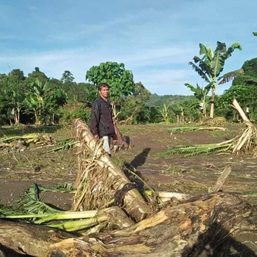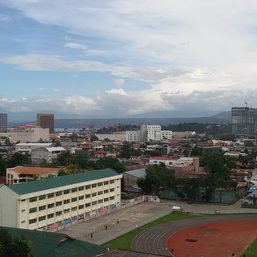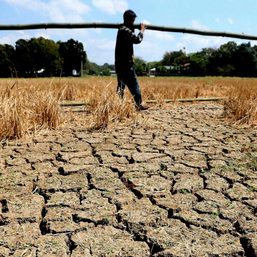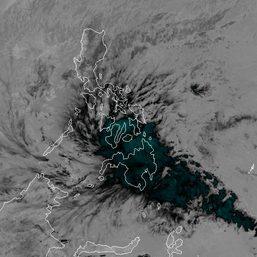SUMMARY
This is AI generated summarization, which may have errors. For context, always refer to the full article.

MANILA, Philippines – The El Niño phenomenon has started to weaken and neutral conditions may return in April-May-June 2024, the country’s weather bureau said in a briefing on Thursday, March 7.
But there is an “increasing probability” of La Niña developing in June-July-August 2024, prompting the Philippine Atmospheric, Geophysical, and Astronomical Services Administration (PAGASA) to raise La Niña Watch also on Thursday.
El Niño, La Niña, and neutral are the three phases of El Niño-Southern Oscillation or ENSO, which the World Meteorological Organization (WMO) defines as “a recurring natural phenomenon characterized by fluctuating ocean temperatures in the equatorial Pacific, coupled with changes in the atmosphere.”
Impact of El Niño
The current El Niño episode began in the tropical Pacific in June 2023, gradually progressing from weak to strong.
In the Philippines, El Niño has triggered drought in at least 25 areas, a dry spell in 16 areas, and dry conditions in 10 areas as of February 29.
The Department of Agriculture estimated on February 25 that El Niño has caused at least P357.4 million worth of damage and losses to farms in the Ilocos Region, Mimaropa, Western Visayas, and Zamboanga Peninsula.
According to the WMO, the 2023-2024 El Niño “has peaked as one of the five strongest on record,” though it is weaker than the 1997-1998 and 2015-2016 events. It peaked between November 2023 and January 2024.
The WMO had also warned on Tuesday, March 5, that while El Niño is gradually weakening, “it will continue to impact the global climate in the coming months, fueling the heat trapped by greenhouse gases from human activities.”
Probability of La Niña
Even as the Philippines and other countries are still dealing with the effects of El Niño, PAGASA explained that the issuance of La Niña Watch is already needed since there is now a 55% chance of La Niña developing in the next six months.
La Niña“is characterized by unusually cooler than average sea surface temperatures in the central and eastern equatorial Pacific.” It triggers above normal rainfall in the Philippines.
But Ana Liza Solis, officer-in-charge of PAGASA’s Climatology and Agrometeorology Division, noted that the raising of La Niña Watch is not an absolute guarantee that the phenomenon will indeed develop.
“It’s still uncertain. Once PAGASA raises La Niña Alert, that’s when confidence would be higher that La Niña will develop. The La Niña Watch [issued now] is asking you to be aware and be prepared,” Solis said in a mix of Filipino and English.
The last La Niña was a “triple-dip” event, according to the WMO, as it began in September 2020 and lasted until early 2023, or for three straight years.
Warm and dry season
Aside from the gradually weakening El Niño and the possibility of La Niña, the onset of the country’s warm and dry season is also expected to be announced soon.
PAGASA said in Thursday’s briefing that it expects to declare the start of the warm and dry season – which Filipinos often call “summer” – within two weeks.
So far, the northeast monsoon or amihan has yet to be terminated.
PAGASA reminded the public that soaring temperatures from March to May may pose health risks such as heat stroke and heat exhaustion.
The onset of the rainy season after the warm and dry season could also be slightly delayed, partly due to the ongoing El Niño. – Rappler.com
Add a comment
How does this make you feel?








There are no comments yet. Add your comment to start the conversation.